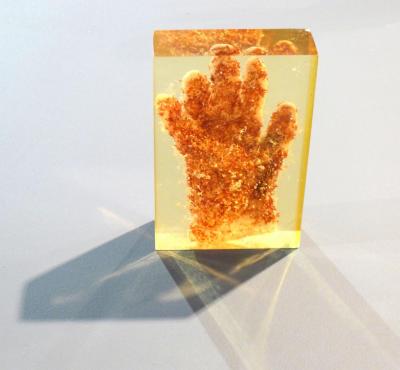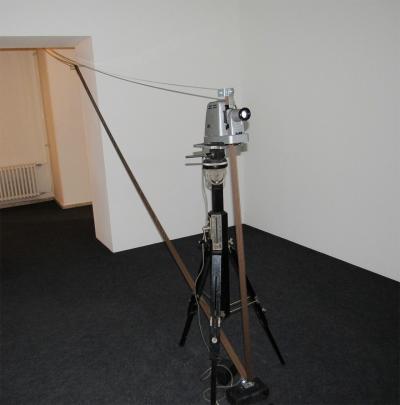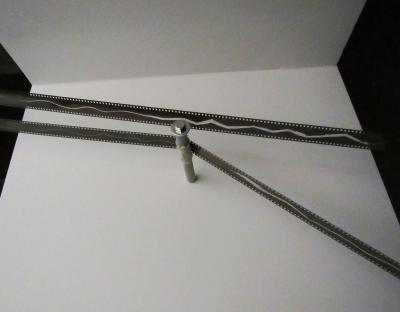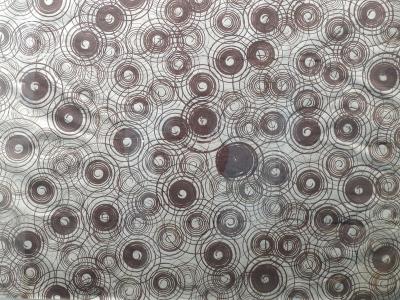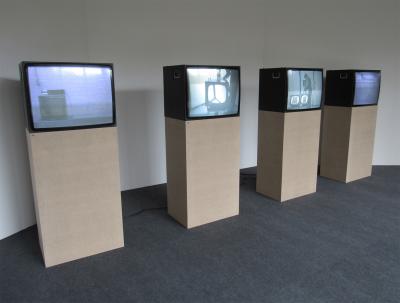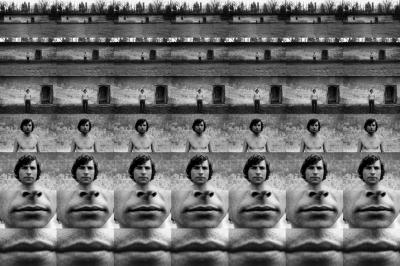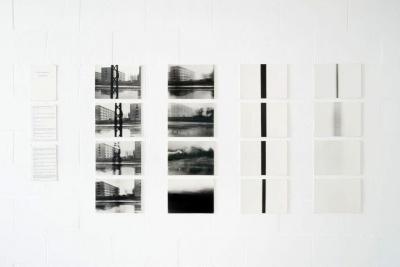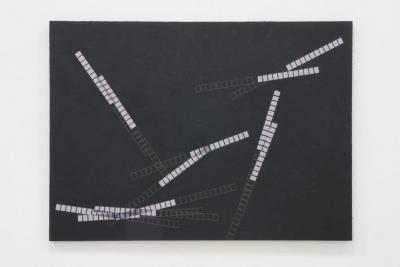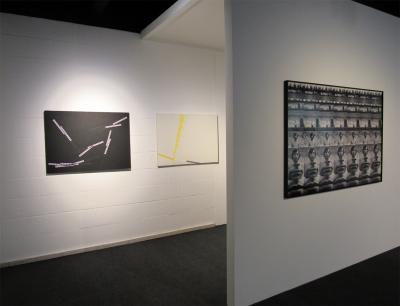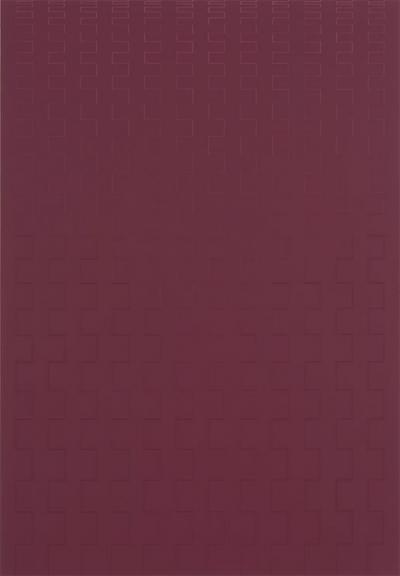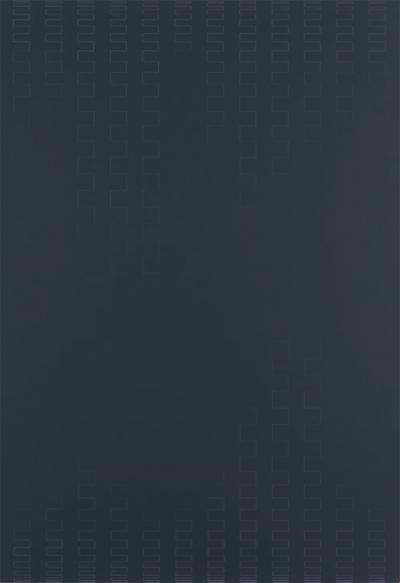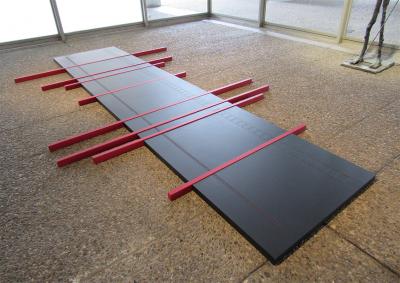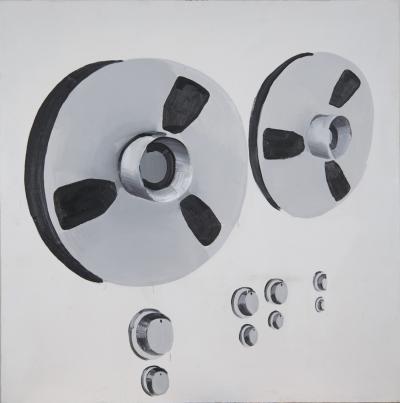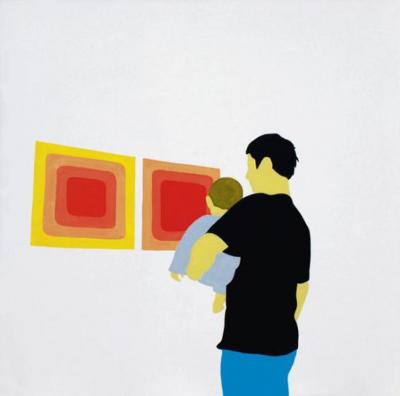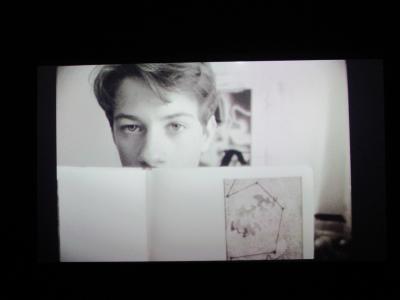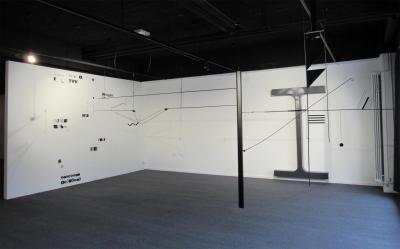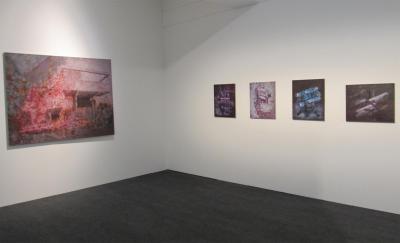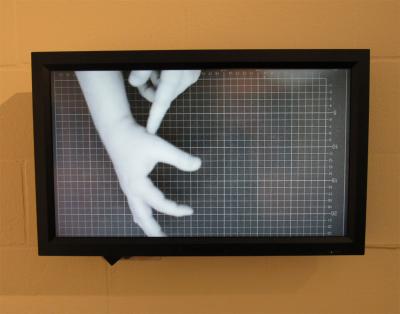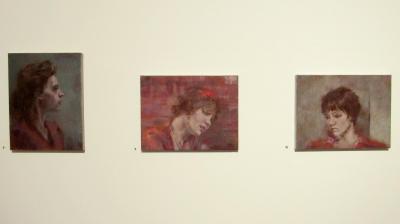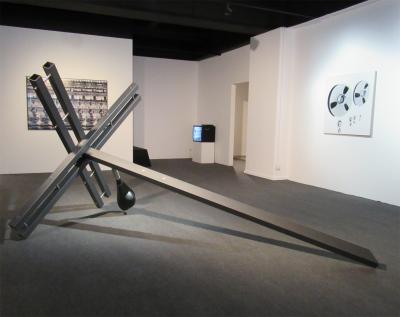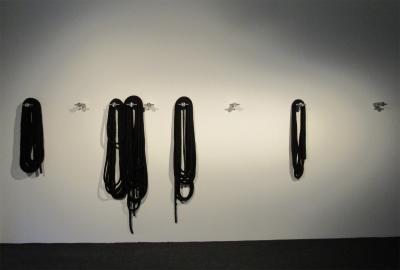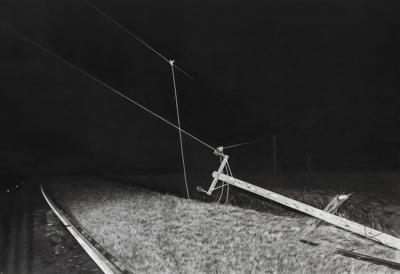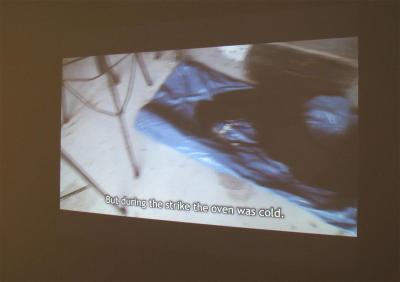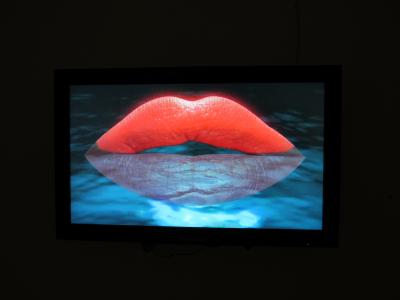Across the Generations – Polish Art in Marl 6th March to 12th June 2016
Mediathek Sorted

The works of the older generation of Polish artists in the exhibition, all of which come from the Jerke collection, laid down the lines for the development of the following generations of artists. Here two female “Nudes” by Katarzyna Kobro (1898-1951), gypsum sculptures between 20 and 30 centimetres high made in 1948 (ill. 1), proved to be a sensation, at least for German visitors: for Kobro is internationally well-known for her constructivist “spatial compositions” (Kompozycje Przestrzenne) from welded and painted steel, derived from 1920’s Russian Suprematism. However in 1925 she started with a series of small groups of sculptures, all of them Nudes, which her husband Władysław Strzemiński (1893-1952) judged to be similar to works by August Zamoyski, “only better”. Some of them are now kept in the art museum in Łódź (Muzeum Sztuki w Łodzi). In 1948 shortly before Kobro gave up working as an artist, she created another series of similar “Nudes”, whose expressive power and dynamics reveal her Cubist roots. Both the works shown here were part of this series and now also belong to the Jerke collection. The exhibition also showed two figurative drawings by Władysław Strzemiński, which were made at the end of the 1930s when he had long since given up “Unism” in favour of concentrating on biomorphic forms with clear outlines. His “Yellow Stool” (1948) can almost be seen as a gesture of homage to his wife’s constructivist works (ill. 2).
Although this exhibition was basically dedicated to a core of older artists, Edward Krasiński (1925-2004) and Alina Szapocznikow (1926-1973) really belong to the following generation, for both began their studies after the end of the Second World War. Krasiński “is one of the few authentic innovators in Poland”, said Wojciech Skrodzki in a standard work on “Contemporary Polish Sculpture” published in 1977. Krasiński is still widely regarded as one of the most important protagonists of Polish neo-avant-garde in the 1960s and 70s. On the one hand his artistic roots lay in Polish constructivism, co-founded by Henryk Stażewski (1894-1988), with whom he lived until the latter’s death. On the other hand he belonged to the Kraków Group (Grupa Krakowska II) founded in 1948 around Tadeusz Kantor (1915-1990), in whose happenings he participated in the mid-1960s. His internationally known trademark was the light blue “Scotch” adhesive tape that, in 1968, he began sticking to walls and objects, using it in exhibitions, or winding it around people and trees. He also used it to create constructivist objects like those in the Jerke collection (ill. 3). True, his sculpture, “Cross” has a stringently constructivist feel, but it really belongs to a group of objects comprising the “Spears” in the 1960s and the “Crosses” at the beginning of the 1980s. Like the objects and installations by Kantor, they are loaded with meanings and intended to “liberate energies” (ill. 4). Alina Szapocznikow, who survived five ghettos and concentration camps, studied sculpture in Prague and at the Ecole des beaux-arts in Paris. In 1951 in Poland she began to make strongly abstracted figurative sculptures. In 1963 she returned to Paris where she joined up with the Nouveau Réalisme circle around the art critic Pierre Restany and the artists, Arman, Daniel Spoerri and Niki de Saint Phalle. After that she dedicated her artistic energies to casts of body parts in polyurethane into which she inserted everyday objects. In 1968 she was diagnosed with cancer and from that time onwards her work dealt with disease symptoms and relics of our own body. Shortly before she died in 1973 she created the object “Fajrant” (English: At the End of the Working Day) that is now in the Jerke collection (ill. 5).




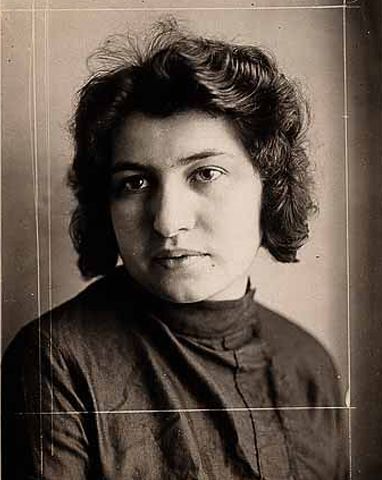















































































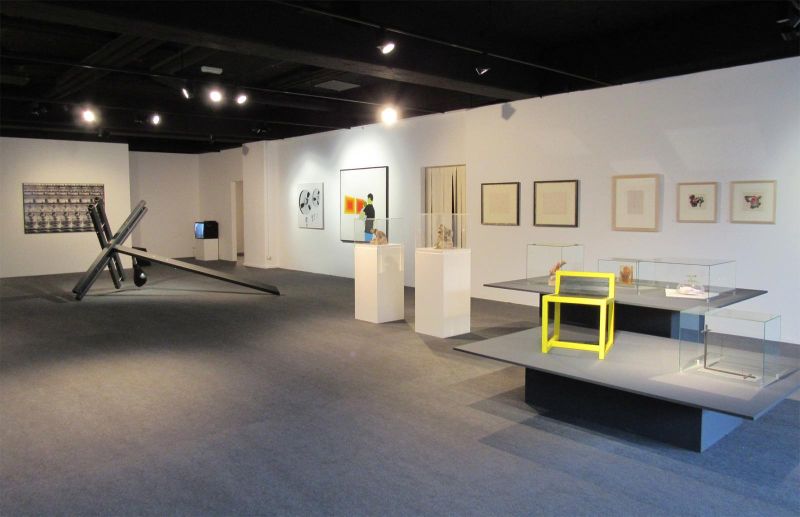
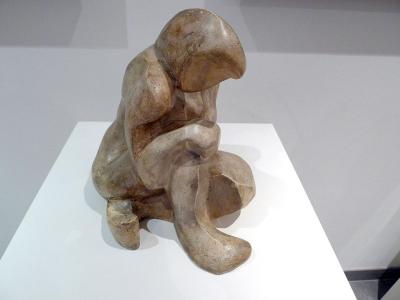
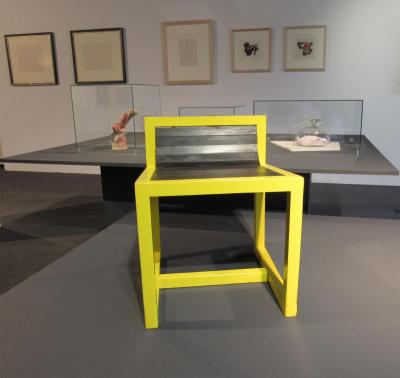
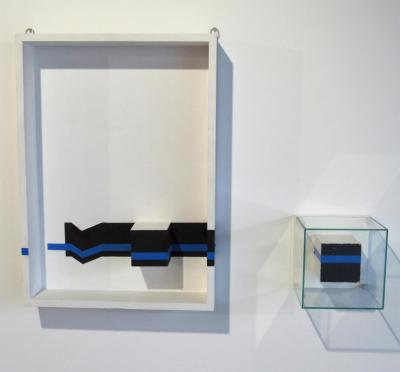
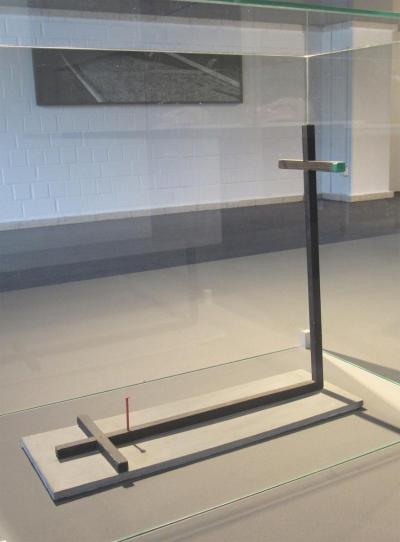
![ill. 5: Alina Szapocznikow: Fajrant [At the End of the Working Day] ill. 5: Alina Szapocznikow: Fajrant [At the End of the Working Day] - Rubber glove, polyester, brush. 26 x 18 x 15 cm, Museum Jerke, Bochum.](/sites/default/files/styles/width_100_tiles/public/assets/images/5_alina_szapocznikow.jpg?itok=I4t5lqAF)
